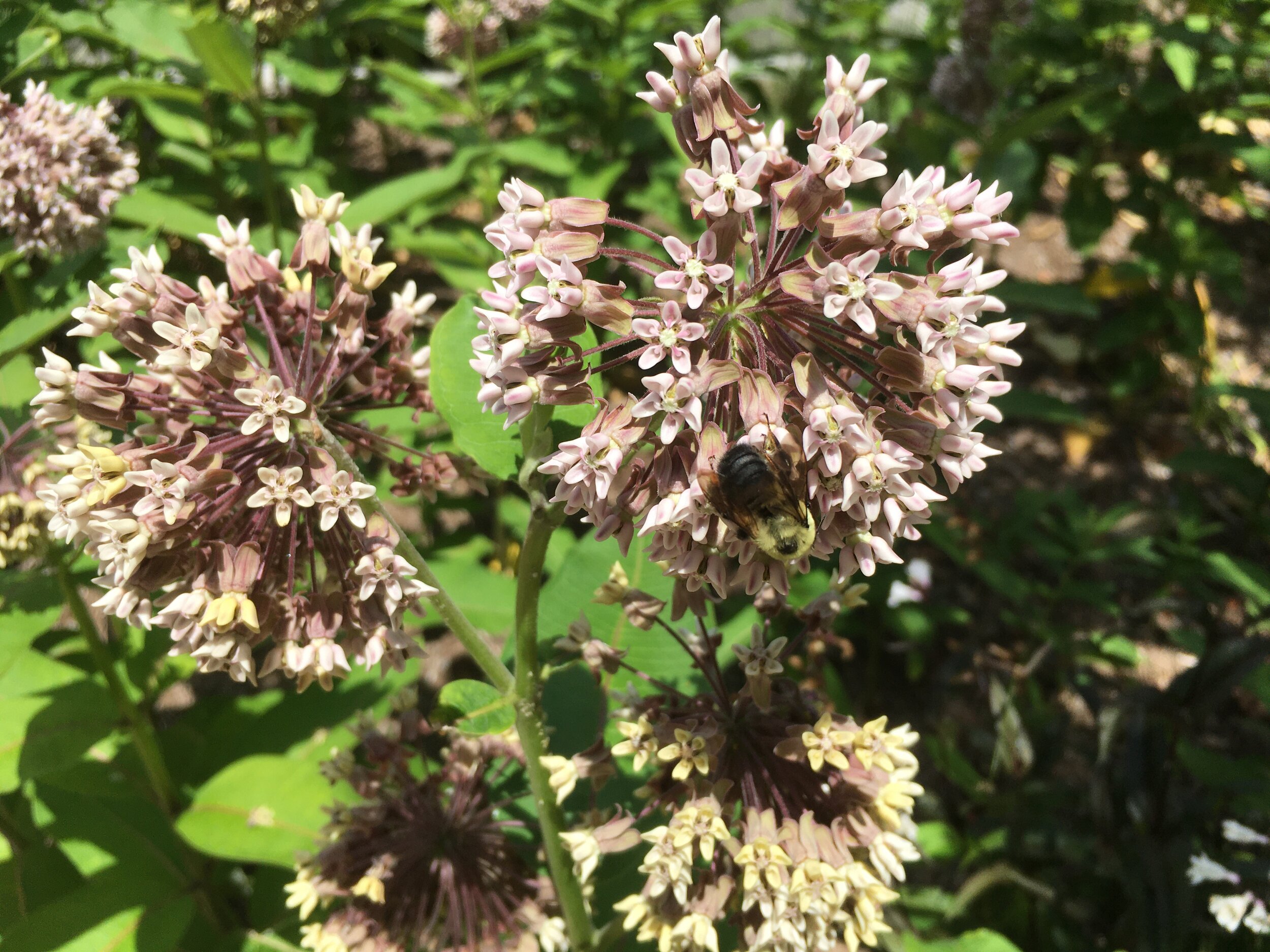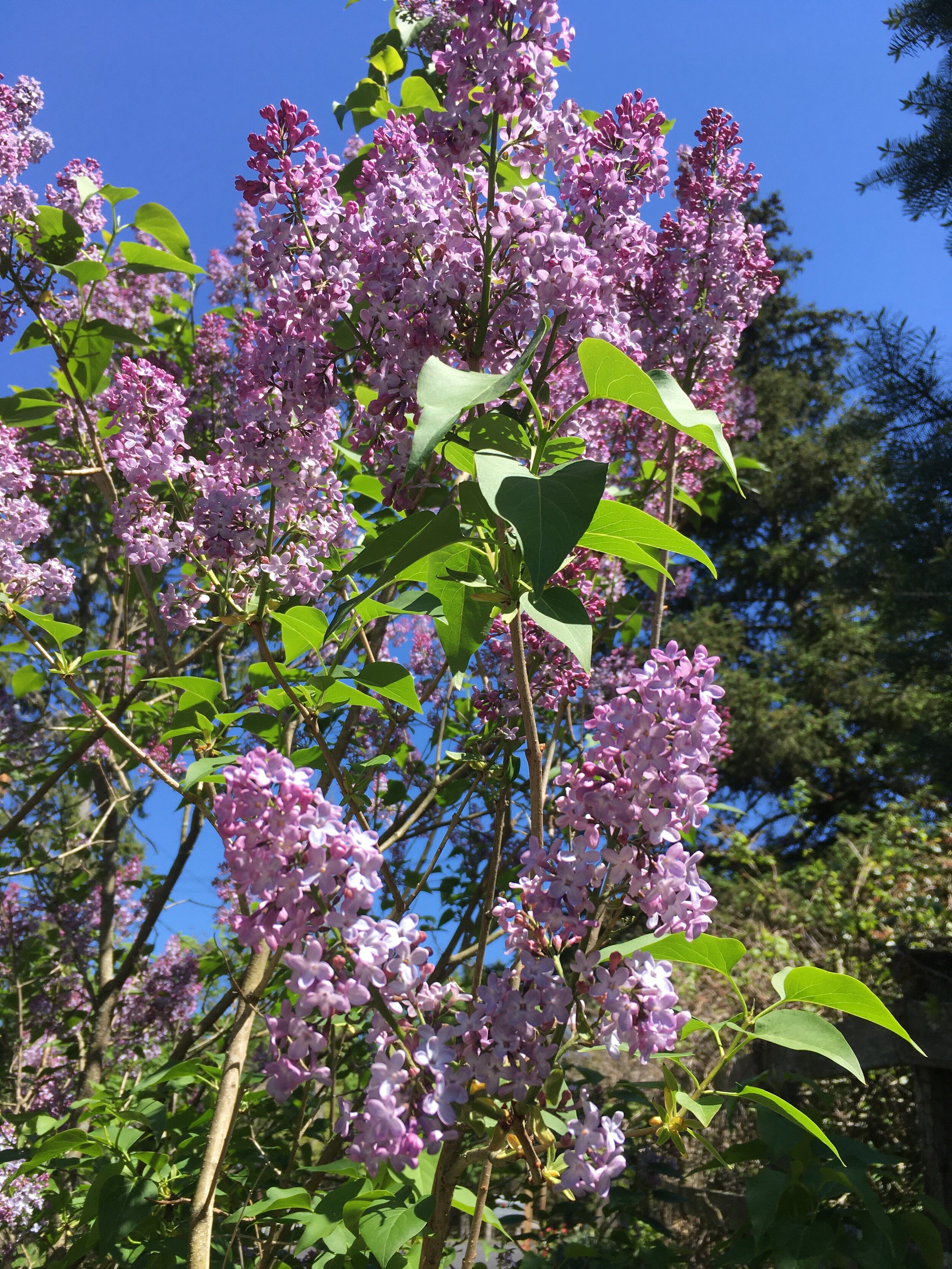By Erik Keller
Instagram: @grohappy_ct
Facebook: facebook.com/grohappyct
Reprinted with permission from Erik’s Blog: http://bit.ly/grohappyct
When Covid hit nearly a year ago and Juana and I hunkered down, part of that exercise was to cancel my horticultural therapy classes at Ann’s Place. By early summer, however, I opened sessions that were socially distanced outside to a small number of clients. After the typical hiccups of any new setup, the classes worked well with my clients enjoying the activity though I felt a bit ragged as I bounced between individuals helping out and delivering materials from a distance. It didn’t matter, however, as my two classes were full and clients left every session with a smile on their faces and arms full of plants.
But as the cold weather approached and the infection rate of Covid started to spike, I knew that my fragile and health-compromised group would be unable to continue outside (or inside as I had planned). Not wanted to cancel sessions again though dubious about the potential to deliver them remotely, I took the leap and redesigned all my sessions for remote access. But to my surprise it worked better than I could have dreamed and ironically I have higher participation now than I had prior to Covid! My sessions are filled within days of posting and there is a sizeable wait list of clients wanting to get into my classes.
When I started these remote sessions, I didn’t really know what I was doing but realized that I need to practice each one in advance with a helper or two (often my wife Juana and granddaughter Charlotte) to see exactly how each activity will roll out. I also need to keep track of every exact material and tool that will be used as I will not be in my well-stocked classroom that compensates for my occasional forgetfulness or inattention to detail. Some materials I need to kit and leave for clients to pick up. Other materials they will need to provide for themselves. In putting together these classes I sometime feel like the engineers did in the Tom Hanks’ movie Apollo 13 where they needed to retrofit a square carbon dioxide filter to work in a differently sized container before they were poisoned using a limited amount of materials. (OK it is not that dramatic.) So my list of items I will provide and other things that my clients must bring to the table has to be perfect.
In certain ways that's the easy part.
What is a constant challenge is trying to stay engaged with nearly 25 clients as individuals who appear to me as tiny rectangles on my computer screen while simultaneously instructing them on the activity of the day.
When you are with clients you can often sense when someone needs help or has a question as their voice pops up or arms get waved. Sometimes the cues are very subtle requiring close attention. But with my head down working on a craft, that is difficult to discern. Luckily my wonderful helper Lynne watches over the screens and keeps me (politely and tactfully) on track to respond better to clients.
“Ummm Erik, Nancy has a question,” or “Erik, Lisa has been waving her hand for that last minute,” happens more than few times each session.
Perhaps if I was a gecko with eyes on the opposite sides of my head, I could be more attentive. But I am trying.
At a recent class to create vanilla extract (Vanilla planifolia), it is all hands and heads down as the group bends over their vanilla pods with a sharp knife and cutting board separating and scraping the tiny black beans from their sheath to place them into a jar filled with vodka. I try to engage with them but we all are concentrating on the task. Unlike other classes where a good degree of give and take is fostered, this time with me is quiet and purposeful. No one complains and weeks later in other classes students are telling me and their classmates how wonderful the maturing extract smells and how they can’t wait to start using it.
So while I am far from grateful for the year-long bout that Covid has inflicted on all of us, I am pleased that it has forced an old gardener to learn a few new tricks and help clients in different and sometimes better ways. Even after my classes return to “normal” I don’t think I will forget how the last year has changed me and broadens the possibilities of how we can help each other.
Craft for the month: How to make vanilla extract
A tasty and simple craft is making vanilla extract. Once you create this, however, you may find it hard to go back to store-bought brands. You need just three things: Vanilla beans, vodka and a small jar.
There are many types of vanilla beans: Madagascar, Tahitian, and Mexican are three of the most popular, each with its own specific flavor. For our recent class at Ann's Place we used beans from Indonesia. You will need one bean for each ounce of vodka you use. Vanilla bean pods look much like green beans (Phaseolus vulgaris) from the outside but they are very different on the inside. Inside each pod are very tiny, difficult to see seeds. It is these when mixed with alcohol that create the extract.
To start, each bean is sliced vertically to expose the seeds. Many recipes have the sliced pod placed directly into the bottle with the seeds. I prefer to have clients scrape the seeds out, cut up the pods and place everything into the bottle. This creates a closer relationship between the vanilla and the client requiring dexterity and thought; there is also a fragrant vanilla smell emanating during this preparation, which clients find soothing.
Next, pour one ounce of vodka into the bottle for every bean that is prepared. Any vodka will do. Making a colorful label with the date of creation finishes the exercise. The bottle is then shaken up once or twice a week and stored in a dark place; in two months a delicious vanilla extract will emerge.
The vanilla extract I made with my class at Ann’s Place is just about ready for tasting. The heavy scent of vanilla hits you the moment you open the bottle. Get ready for the whipped cream!















